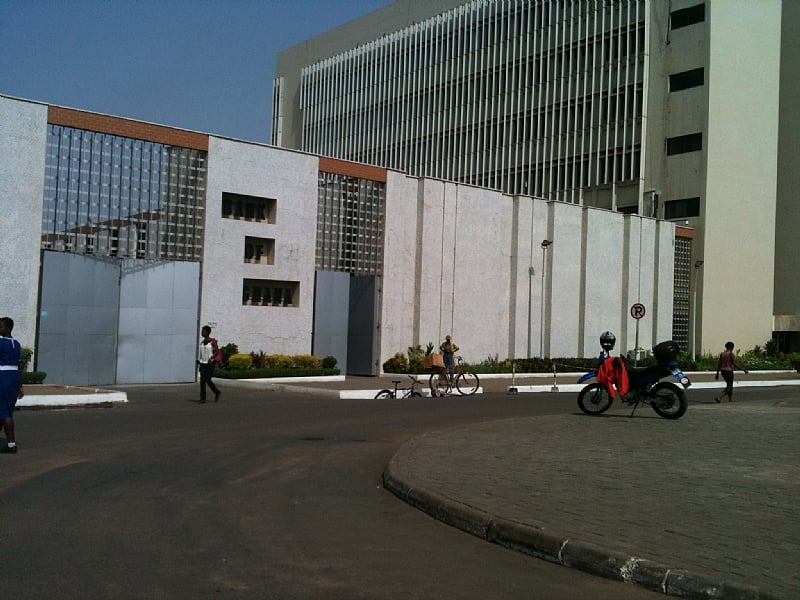Ghana’s banking sector is navigating a complex and evolving landscape, characterized by a simultaneous strengthening of liquidity and a concerning rise in non-performing loans. This dynamic creates a precarious balance, where increased resilience coexists with potential threats to overall financial stability. The sector’s recent history, marked by liquidity concerns, has prompted a significant shift towards greater caution and reserve accumulation. While this has undeniably fortified banks against potential shocks, it also raises concerns about the potential impact on economic growth due to restricted lending.
The transformation in the banking sector is evident in the substantial increase in key liquidity indicators. The ratio of core liquid assets to short-term liabilities, a measure of a bank’s ability to meet immediate financial obligations, has surged significantly, indicating a greater capacity to withstand short-term pressures. Similarly, the ratio of core liquid assets to total assets has also risen considerably, demonstrating a shift towards holding more readily available resources. This trend reflects a conscious move by banks to prioritize liquidity over potentially riskier, long-term investments, a response to past experiences and regulatory changes.
This dramatic shift in liquidity management represents a departure from previous vulnerabilities. Over the past year, banks have steadily increased their liquid asset holdings, creating a more predictable and stable financial environment. This consistent growth in liquidity buffers suggests a more cautious and conservative approach to risk management within the sector. The growth in total banking assets further underscores the sector’s overall expansion, indicating not just a shift in asset composition but also an overall increase in financial resources.
However, this enhanced liquidity comes at a price. The Bank of Ghana’s revised cash reserve ratio (CRR) requirements, linked to the loan-to-deposit ratio (LDR), have compelled banks with lower LDRs to hold more reserves. This policy, while designed to strengthen liquidity, effectively reduces the amount of capital available for lending. With the sector’s LDR projected to remain low, this constraint on lending could potentially stifle economic activity by limiting access to credit for businesses and consumers.
The most pressing challenge facing the Ghanaian banking sector is the escalating level of non-performing loans (NPLs). The sharp rise in NPLs, representing loans that borrowers are no longer repaying, signals a significant deterioration in loan quality and poses a substantial threat to the sector’s stability. This surge in defaults raises concerns about the financial health of borrowers and the potential for further increases in NPLs, which could necessitate even greater reserve allocations by banks, further restricting lending and potentially triggering a downward spiral in the economy.
The Ghanaian banking sector finds itself at a critical juncture. While significantly stronger and more resilient than in the recent past, it faces the dual challenge of restricted lending due to regulatory requirements and the growing threat of loan defaults. The increased liquidity, while providing a crucial buffer against external shocks, also limits the availability of credit, potentially hindering economic growth. The rising tide of NPLs further complicates the situation, posing a significant risk to the sector’s stability and potentially exacerbating the credit crunch. The sector’s future hinges on striking a delicate balance between maintaining adequate liquidity and fostering lending to support economic activity, while simultaneously addressing the underlying causes of the rising NPLs. Finding this equilibrium will be crucial for ensuring the long-term health and stability of Ghana’s banking sector and its contribution to the broader economy. The careful management of these interconnected challenges will determine the sector’s ability to navigate the current complexities and support sustainable economic growth.


